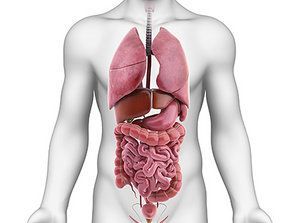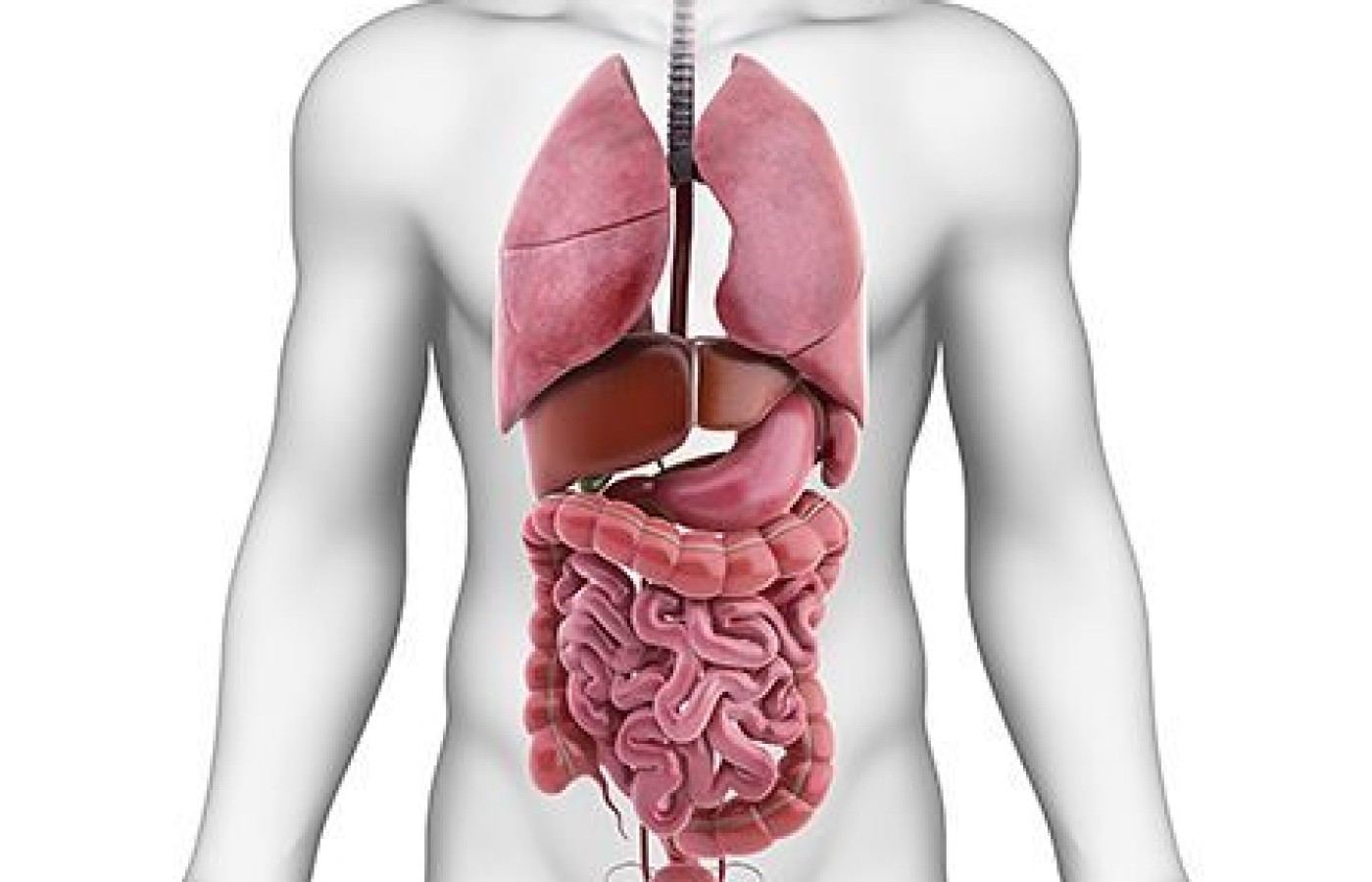People today want convenience, whether it be from their bank, credit card, favorite retail store, or restaurant. They demand it from the companies who hold their loyalty, including their health care providers (you). They don’t want to call and possibly be put on hold, and they want to use an app or schedule an appointment on your website. Here are three reasons your practice can gain by switching to online appointment scheduling.
The Source-Luo Point Combination, Part 2
Editor's Note: To read part 1 of this article in the June issue, visit acupuncturetoday.com.
The Da Cheng includes symptoms for the source-luo points that indicate when to use them for treatment. Yang defines the method as the guest-host (it is one of a variety of acupuncture point combinations called guest-host). The list of conditions this point combination can treat ranges beyond the conditions listed in the Ling Shu. It is a radical shift in the function of the luo points. Yang does not distinguish what the luo points treat from what the source points treat. And he does not describe how they support each other or how they function together.
Yang lists some symptoms from the luo mai found in chapter 10 of the Ling Shu. He also adds symptoms from the main channels from the same chapter, as well as symptoms of the internal organs. Unlike the Ling Shu, which lists symptoms for excess and deficient conditions of the luo collaterals, Yang does not list conditions in that way. Yang makes a major shift and variance from the Ling Shu in the functions of the luo points. The following is an example of Yang's presentation of the source-luo point combination from the Da Cheng.
The twelve channels treat patterns using host-guest, source-luo points. Lung as the host, large intestine as the guest: Taiyin has copious qi and scant blood; qi distention of the heart and chest, feverish palms. No one can avoid panting and cough, pain in supraclavicular fossa; swollen or dry throat, body sweating more and more. Pain in the medial anterior shoulder and the two breasts; phlegm binding the diagram, qi is lacking.

What points should we seek for disease which is engendered? Speak with a gentlemen about Tai Yuan (Lung 9) and Pi Lian (Large Intestine 6).
Now lets compare that function to the function found in the Ling Shu. The hand Tai Yin collateral treats: Heat, cold and rheumatism in the collateral. Excess: Toothache, deafness. Deficiency: Teeth sensitive to cold, bi conditions.
The differences in functions are the inclusion of the hand Tai Yin main channel (lung channel) and some of the lung organ functions. Yang offers no Chinese medical theory why the luo point can treat all these conditions. It will be other practitioners that offer their own theories why the luo point can treat these new conditions.
George Soulie De Morant
George Soulie De Morant (GSM) was a pioneer in bringing acupuncture from China to France. He made part of the source-luo point method popular in the Western community. His book, Chinese Acupuncture, may have been the first major book on Chinese medicine in France, which then spread throughout the Western world. The first volume of this book was published in 1939. The book eventually would include three volumes, published in 1957. After his death in 1955, his colleague Dr. Therese Martiny spent fifteen years compiling Morant's notes and decades of clinical experience. The entire body of work was published in 1972.
Morant studied medicine in China. He references two important Ming Dynasty books as the reference for his luo mai theory and application. The first text is the Zhen Jiu Da Cheng (The Great Compendium/Da Cheng) by Yang Jizhou, and the second source is the Yixue Rumen (Introduction to Medicine) by Li Can.
Morant's Theory and Method
Morant promotes the use of the luo point to treat any condition of the main channels and the internal organs. He varies from the Da Cheng in that his first treatment approach is to use only the luo point of the deficient channel/organ. He believed by reinforcing the kidneys, the bladder would automatically be reduced and a balance would occur between both channels and organs.
Yang did not present a theory for how the source-luo point combination worked. Morant developed a theory how the treatment worked. His theory begins a stream of theories and clinical practices that is a major change in how the luo mai are viewed and applied in clinical practice. Morant proposes the luo mai have transverse channels where qi and blood can be transferred between the Yin-Yang paired main channels and the internal organs. For example, when reinforcing liver 5, the liver luo point, the gallbladder channel and organ will be reduced, balancing both channels. In this theory, treating liver 5 causes a reaction that both brings qi into the liver to strengthen it and reduces or pulls away an imbalance in the gallbladder, creating a balance between both channels and organs. The balance occurs by way of the transverse luo channel.
Morant presents interpretations of the entire channel system that differ from classical Chinese medical sources. He calls the luo collaterals the Secondary Channels. Chapter V of his book is titled "The Fifteen Secondary Vessels." He states the following: "These luo or secondary vessels and their point of passage are an important element in the circulation of energy. They are branches that connect the paired channels; ie, they send the energy from the yin to its coupled yang meridian and from the yang meridian to its coupled yin meridian."
Morant states that if a meridian is empty and its coupled meridian is full, tonification of the point of passage (luo point) of the empty meridian is enough to replenish it, while at the same time the coupled meridian in excess will become normal. Morant uses the luo point to transverse qi and blood between Yin-Yang main channels. This is a new way to apply the luo collaterals. This application ignores the fundamental function of the luo mai: to release pathogenic factors in the luo mai. In Morant's theory, the practitioner must be cautious not to transfer pathogenic factors from channel to channel and to the internal organs. In the chapter on the luo points there is no explanation of how to identify if there are pathogens and imbalances in the luo collaterals.
Chapter nine of the Ling Shu clearly presents a method to treat imbalances of the main channels and the internal organs. The method is to select the Yin-Yang main channel pair to balance and treat the condition. For example, if the spleen is deficient, include the stomach channel main points along with the spleen channel main points to treat the condition. The main channels are a direct way to influence their channels and the internal organs. The main point categories are on the main channels. Morant selects a luo point, which influences the luo collaterals and its pathogens as the way to treat the main channels and the internal organs. This theory and application contradicts the foundation classics of acupuncture. The method has risks. It can transfer pathogens deeper within the body. The classics offer clear ways to treat the main channels and the internal organs. One such way is the transporting points; which is a main point category in every system of traditional Chinese acupuncture. Another strategy is to treat the parent five phases (five element) channel of the imbalanced channels/organ. For example, if the kidneys are deficient, select the lung channel and points. The lungs are the metal phase and they reinforce the kidneys, which are water.
References
- Lu, H. (1985) A Complete Translation of The Yellow Emperor's Classic of Internal Medicine and the Difficult Classic. Vancouver: Academy of Oriental Heritage.
- Wilcox, Lorraine. (2010) The Great Compendium of Acupuncture and Moxibustion, Chapter 5. Portland, Oregon: The Chinese Medicine Database.
- Morant, George Soulie De. (1972 French Edition, 1994 English Edition) Chinese Acupuncture, Chapter V. Brookline, Massachusetts: Paradigm Publications.



